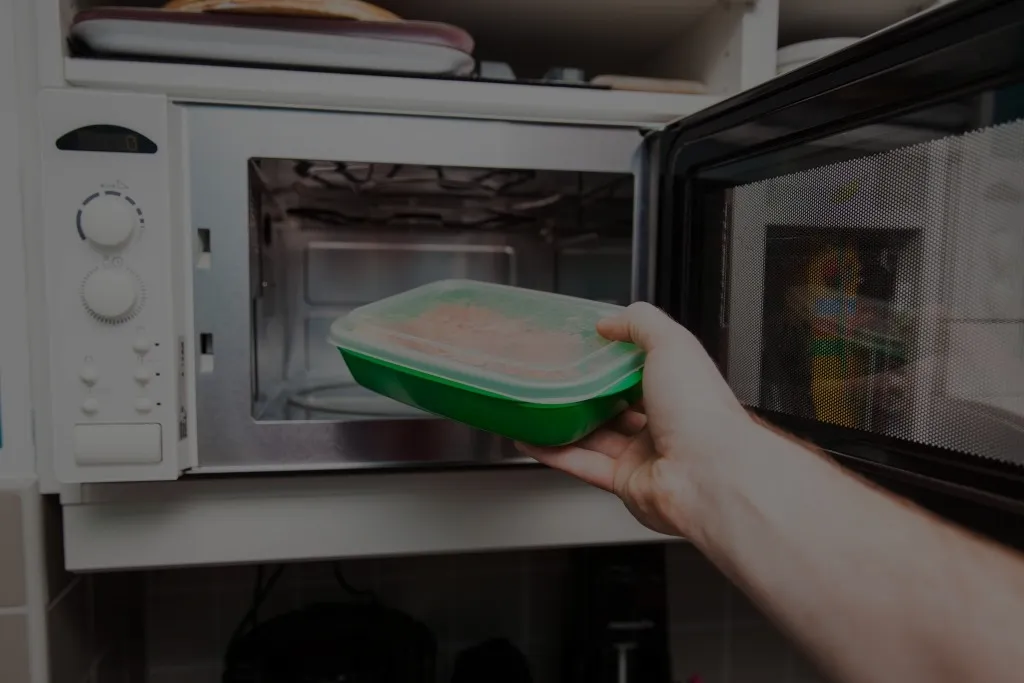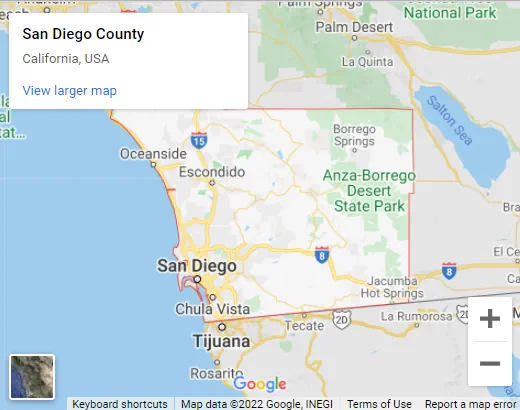How do you test the diode in a microwave?

Learn how to test a diode using our microwave repair guide. A defective diode, shorted or opened, will show signs of defect. A defective diode will emit a burning electrical smell. It may also be split in half, have a cracked surface, or even blistered. When a cook cycle begins, a shorted diode will produce a loud buzzing noise from the transformer and no heat. A microwave that produces little to no heat and makes no humming sound will likely have an open diode. The diode must be replaced in either case. Remove the lead from the capacitor with extreme caution after your microwave has been unplugged and discharged. The ground connection can be left attached. A dot or stripe marks the diode’s ground side. Set your ohmmeter at R x 10,000. To measure resistance between diode terminals, touch the positive meter to the anode while the negative meter to the cathode. The cathode will be on the diode’s side facing the ground.
This is usually marked with a dot or arrow. Ordinary diodes, which are diodes that do not have defects, can range from 50,000 ohms to 200,000. This significant variation in readings is due to differences in the microwave model and make. The resistance readings will be much higher if you reverse the probes. This should give a zero reading when you reverse the probes if a bleeder resistance is absent. A bleeder resistor will produce a reading on the resistor value.
Services that we provide
REQUEST SERVICE

















